What’s the matter with Pak cricket? Lack of consistency in performing at international matches and mismanagement have driven the Pakistan team into the ground. Can it rise again?
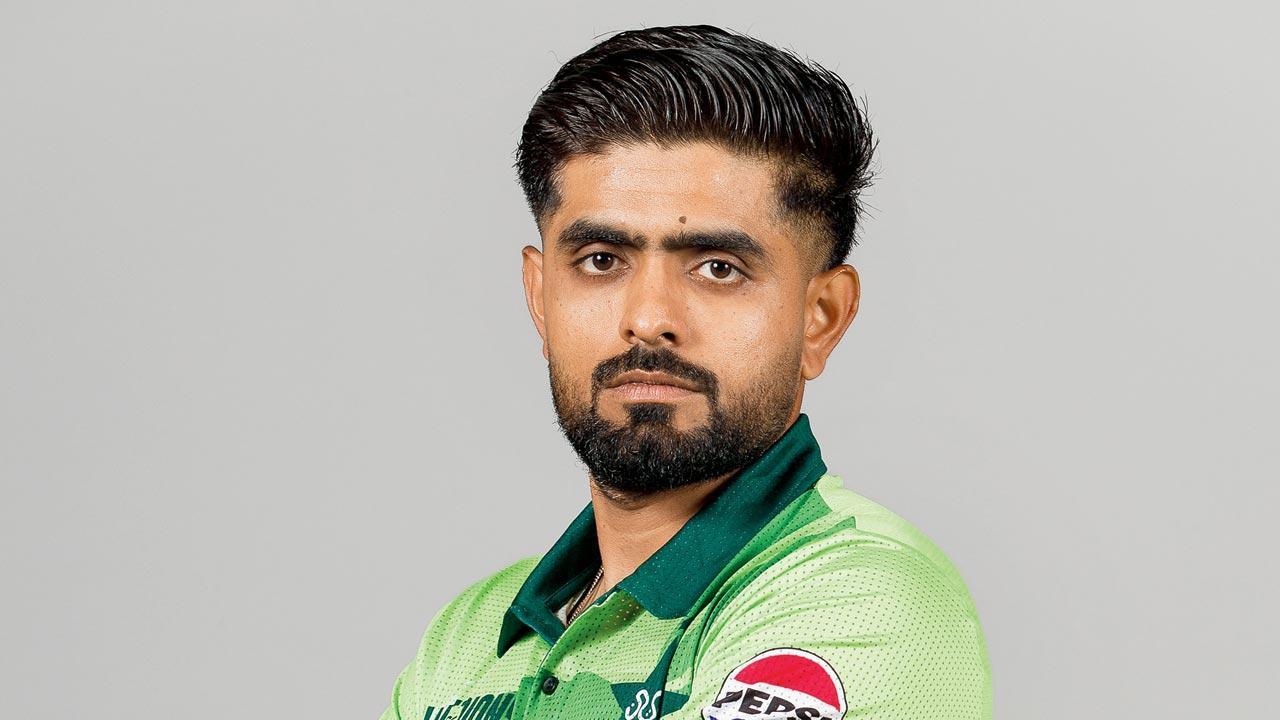
Babar Azam
Albert Einstein once famously said, “Insanity is doing the same thing over and over again and expecting different results”. Einstein must have been a cricket fan, as the above quote perfectly sums up the actions of everything related to Pakistan cricket.
If you have watched Pakistan men’s cricket since the 1980s, you might struggle to come to terms with the current state of affairs. Don’t get me wrong, Pakistan cricket has always been a child of inconsistency and infighting but amongst all the chaos, there were still enough glimpses of brilliance to keep reminding the rest of the world about their skills and talent. During a commentary stint, England captain-turned-commentator Nasser Hussain once came up with this gem: “Pakistan cricket at its best: One minute down, next minute up.” Sadly, as of today Pakistan cricket is only down.
Recently, following their horror show as defending champions in the ICC Champions Trophy, where they lost both their games to NZ and India, the Mohd Rizwan-led touring Pakistan side were overwhelmed 0-3 by the Black Caps.
 Pakistan cricket captain Babar Azam reacts while fielding during the 2023 World Cup ODI match against Australia in Bengaluru. Pics/Getty Images
Pakistan cricket captain Babar Azam reacts while fielding during the 2023 World Cup ODI match against Australia in Bengaluru. Pics/Getty Images
The T20 series in which Pakistan were led by Salman Agha, was disastrous as well; the home team winning 4-1. One thought that the absence of the NZ regulars would even up the playing field and provide a good contest, but apart from the T20I in Auckland, Pakistan just didn’t turn up.
Politics is not my forte but unfortunately the coefficient of correlation between politics and cricket in Pakistan has always been close to one. When a democracy has two centres of power (the elected government and the military) there is bound to be turbulence. In the last 14 years, Pakistan cricket has seen 11 board presidents. Over that same period, Pakistan has seen 15 different captains and 14 different coaches across the three formats. Constant changes create an atmosphere of uncertainty. How can someone perform consistently if they are constantly unsure of their own position?
Over the years, there have been numerous examples of internal differences coming in the way of national interest in Pakistan cricket, be it the Miandad-Imran relationship, or the Wasim-Waqar relationship. The latest example was the omission of Imran Khan from an official PCB video released last year on Pakistan’s Independence Day to pay homage to the country’s cricket legends and milestones. After facing backlash from fans and the entire cricketing community, the video was deleted and then re-released after adding Imran’s image. If this is the kind of treatment given to arguably the best cricketer Pakistan has ever produced, then what more can you say?
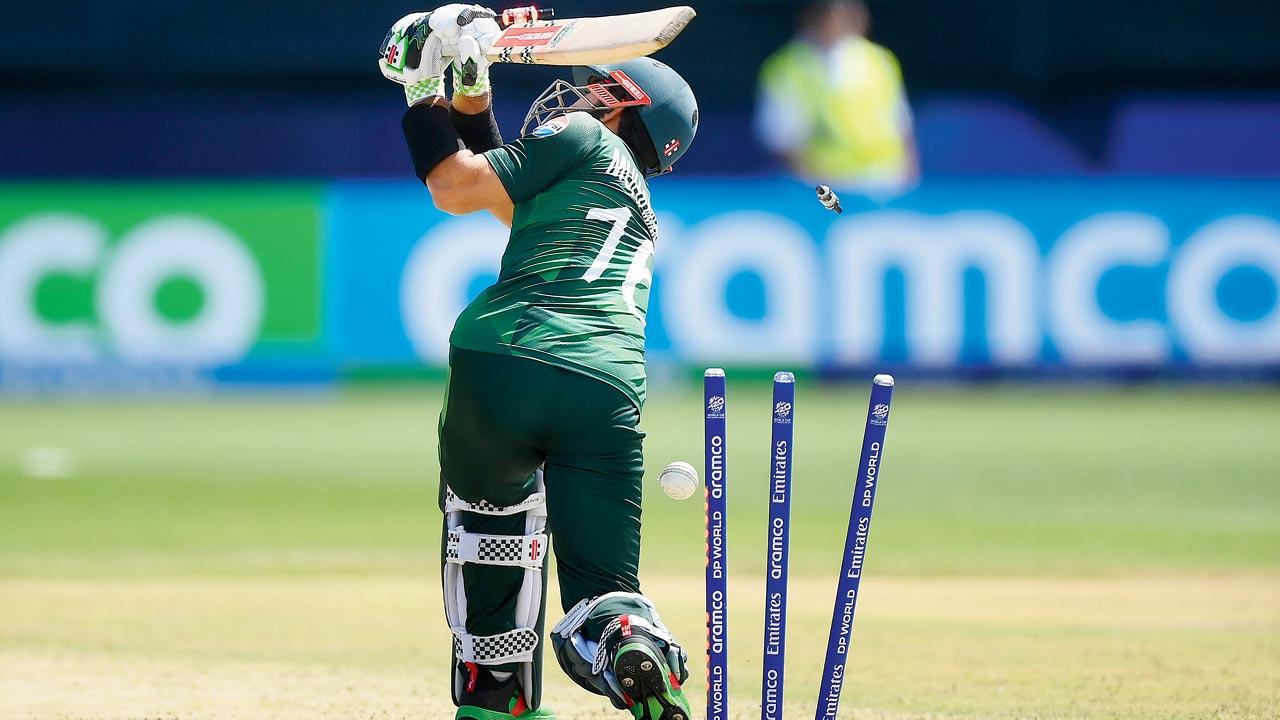 Pakistan player Mohammad Rizwan is bowled by Jasprit Bumrah during the T20 World Cup match in New York in June 2024
Pakistan player Mohammad Rizwan is bowled by Jasprit Bumrah during the T20 World Cup match in New York in June 2024
The luxury of watching cricket on TV is amazing but if you want to inspire the next generation of cricketers, there is no substitute for watching your heroes perform live at a stadium. Not being able to play international cricket at home for over 10 years from 2009 to 2019 was a huge setback, the effects of which will take a long time to be neutralised.
In the past, when Pakistan teams travelled overseas, they had talented individuals capable of performing in all conditions. Batters like Javed Miandad, Saeed Anwar, Inzamam-ul-Haq, Younis Khan and Mohammed Yousuf had the technique and the temperament to score runs in all conditions. Pace bowlers like Wasim Akram, Waqar Younis and Shoaib Akhtar were a threat anywhere in the world. All-rounders like Imran, Shahid Afridi, Abdul Razzaq and Azhar Mahmood provided the vital balance to the teams that they were a part of, whereas spinners like Abdul Qadir, Mushtaq Ahmed and Saqlain Mushtaq never relied on the surface to pick up wickets.
In the current era, apart from Babar Azam, nobody seems to have the technique to survive, let alone score runs in all conditions. The pace bowlers arrive with a lot of promise but tend to fizzle out after the rigours of a season or two at the international level. Bits-and-pieces cricketers claiming to be all-rounders get horribly exposed at the highest level. The spin bowling cupboard is so bare that in the recent Test series victory over England, Pakistan had to recall the 38-year-old Noman Ali and 31-year-old Sajid Khan and play on used wickets to force a result in their favour. In the recent T20I and ODI series in New Zealand, the batters were totally out of their depth in trying to deal with the swing, seam and bounce, whereas the bowlers never found the right line or length to be effective.
I have met several cricketers who genuinely love playing in the Pakistan Super League. It is probably the only shining star amongst all the doom and gloom in Pakistan cricket. This year though, because of shoddy planning, it is being played at the same time as the IPL, which means that international players who would have normally played in both tournaments have now had to choose one over the other—picking the IPL is a no-brainer. Yet again, it is Pakistan cricket that suffers.
Here is my five-point plan for waking Pakistan cricket from the coma it currently finds itself in.
1) Elect administrators fairly and once elected give them the stability of a fixed term
2) Give responsibility and ask for accountability at all levels
3) Strengthen domestic cricket. It is the only way to produce quality cricketers
4) Select players solely on merit
5) Stop the constant chopping and changing of captains and coaches. If you appoint them, give them the time required to execute their plans.

In the last 14 years, Pak has seen…
11
PCB presidents
15
Captains
14
Coaches
What ails Pakistan cricket?
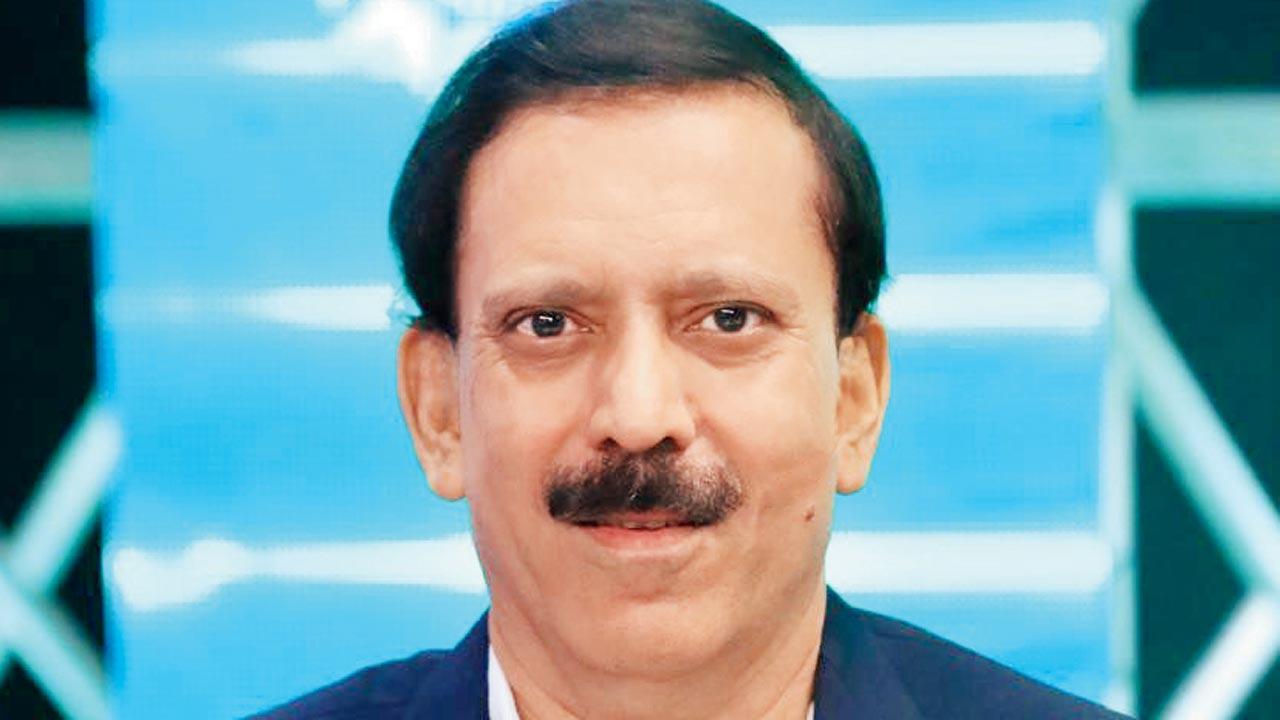
‘Huge chasm between domestic and int’l cricket’
Shahid Hashmi, Senior journalist
There are varied problems hurting Pakistan cricket. Frequent changes in the Pakistan Cricket Board (PCB) is an old problem, but a recent one is the huge chasm between domestic cricket and international cricket that is exposing players. Normally, once a player performs at the domestic level he is groomed at ‘A’ level series. This is nearly non-existent in Pakistan. In the last three years there was no effort made to form a bench and the same players were given chances [like] in musical chairs.
Pakistan will have to do short-term and long-term planning to make this team strong by following the latest methods and improve domestic cricket in the long-term. The task is tortuous, and patience is not something that is associated with Pakistan cricket. Also, merit and honesty are extinct in our system and cricket is a
reflection of the society.
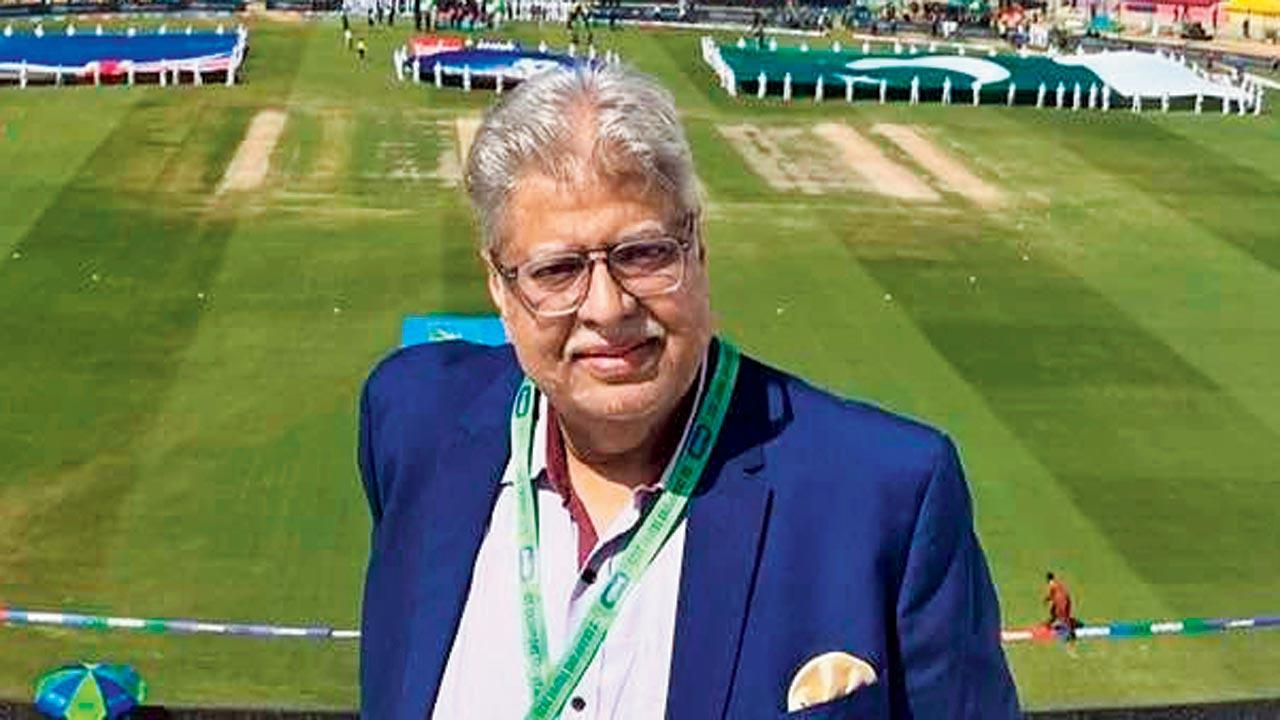
‘There’s inconsistency in our system’
Abdul Majid Bhatti, Senior journalist
The main reason for the state Pakistan cricket finds itself is inconsistency in our system. Till 2022, everything was okay, but since the T20 World Cup in Australia, when Pakistan lost to India, we have had four PCB chairmen, eight selectors and four coaches.
The coaches do not have enough time to work things out. Gary Kirsten and Jason Gillespie resigned in a few weeks. Mickey Arthur and Grant Bradburn didn’t get much time either.
When the PCB chairmen change, the whole system gets derailed. Rameez Raja came in with his own team. When Najam Sethi came, he appointed his own coaches and removed Rameez Raja’s coaches.
In 2019, when Imran Khan was Prime Minister, we said that Pakistan is playing first-class cricket on the basis of the Australian system. That system didn’t work. When Sethi came, that system changed. So, there is so much inconsistency in domestic cricket.
We have to bring in professional and good foreign coaches. Sometimes, we have compromised on fitness.
Most decisions have been lopsided. For example, when we had to make changes in the ODI cricket setup, we effected changes in the T20 team. The changing of captains is another factor which has caused Pakistan cricket to come crashing down.
The policies of the PCB have been proved to be wrong time and again. There is inconsistency in the system and the Pakistan team along with the country’s cricket is suffering at every level.
It will take Pakistan cricket two to three years to rebuild but for that to happen, the domestic system must get a fillip.
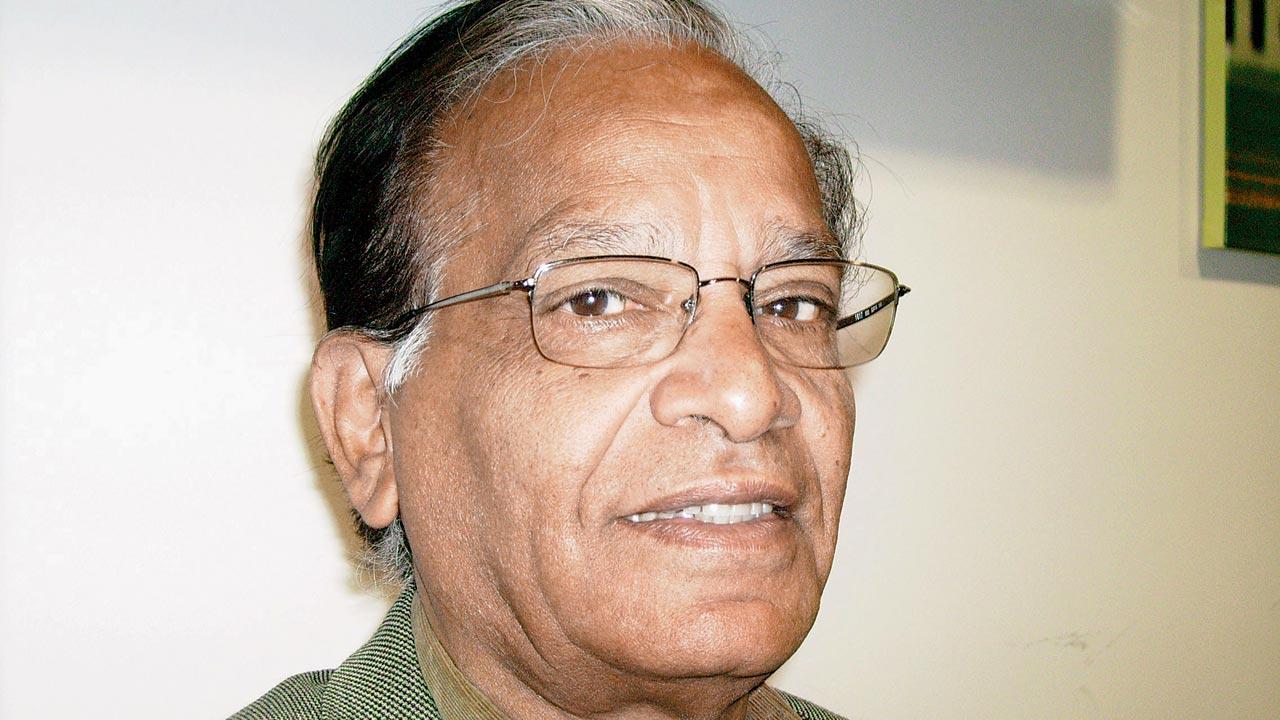
‘There is unchallenged nepotism’
Qamar Ahmed, Veteran writer and broadcaster
Non-elected people are running the game with no previous record of being in the game in any capacity.
There is unchallenged nepotism. Same old faces become selectors, advisors with no results to show. Adding to the mess is the poor standard of domestic cricket which keeps changing its format with no system in place. Once the so-called selectors send their selected names of players to the PCB and the bureaucrat CEO, the team
gets changed without the knowledge of the selectors.
The PCB has no credibility. When I was offered to represent it in the ICC during the late 1980s, I declined knowing fully well the discrimination that existed
on provincial basis.
Infighting and groupism has been the bane of Pakistan cricket. The late president Pervez Musharraf, who was patron of the PCB, once told me that he asked two PCB chiefs to quit because one ensured his son played for Pakistan in an ODI and the other was promoting player power.
Remember how Inzamam-ul-Haq refused to take the field at the Oval in 2006?
 Subscribe today by clicking the link and stay updated with the latest news!" Click here!
Subscribe today by clicking the link and stay updated with the latest news!" Click here!










